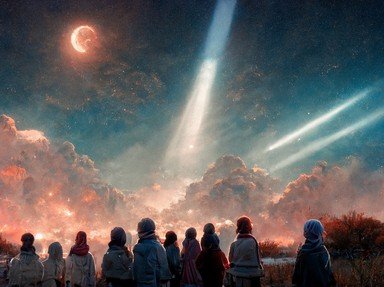Quiz Answer Key and Fun Facts
1. The line "March, March Dabrowski" is the inspirational character behind what was to become Poland's National Anthem. But who wrote the song?
2. The Anthem itself was created between 16th and 19th July 1795, but where?
3. Whilst the song was originally titled "Song of the Polish Legions in Italy", it was better known by what other title?
4. Jan Henryk Dąbrowski was born in Pierzchow (Modern day Poland), but grew up in an Electorate of which state?
5. Dabrowski started his military career in 1770-71 when he followed in his father's footsteps and joined the Royal Saxony Army. What section of the Army did he join?
6. Dabrowski, seeking further opportunities for advancement, joined the Army of Polish-Lithuanian Commonwealth in 1792. He was seen as a Cavalry expert and reformed and modernised the force. He was actively involved in what war?
7. Following the Third Partition of Poland between Russia, Prussia and Austria, Poland disappeared as a country. Where did Dabrowski seek to gain support from for the Polish cause?
8. In 1806, Dabrowski was summoned by Napoleon to reestablish the Polish Legions to recapture the Greater Poland from Prussia. He accepted this order and became the chief leader of Polish forces involved, but what did this conflict become known as?
9. General Dabrowski survived the fall of Napoleonic and offered his Polish Army to the new power, namely the Russian Empire. Poland did indeed become a quasi-sovereign state under the Congress of Vienna but still ruled by the Russian Tsar - but by what name was it known?
10. When Poland re-emerged as an independent state in 1918, "Dabrowski's Mazurka" became its de facto national anthem. However, it was not officially adopted as the National Anthem of the Republic of Poland until which year?
Source: Author
JJMcGiver
This quiz was reviewed by FunTrivia editor
bloomsby before going online.
Any errors found in FunTrivia content are routinely corrected through our feedback system.
